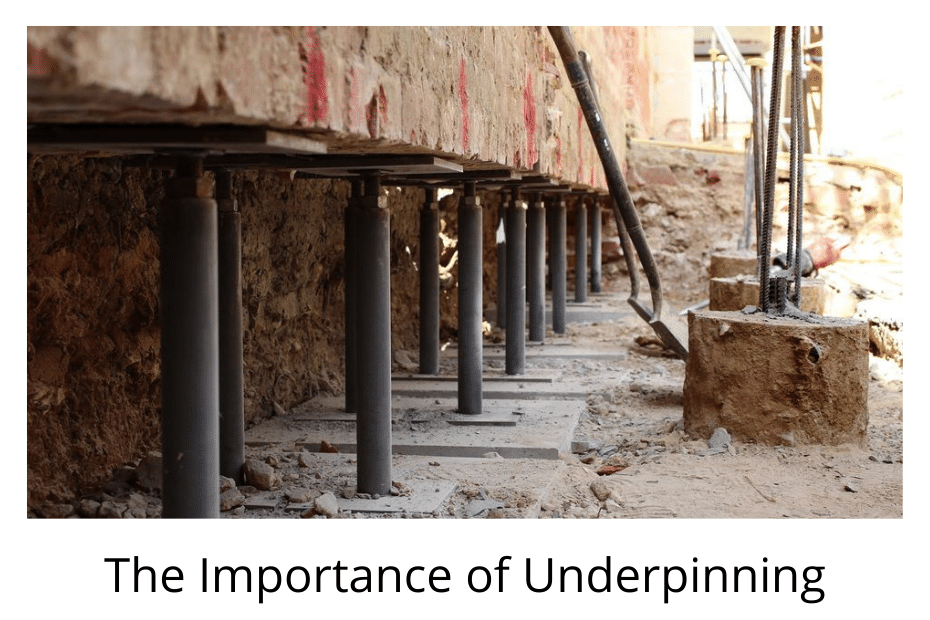Sand faced plaster and other Plaster finishes types
What is Plastering Plastering is a process that involves covering the rough surfaces of various elements, such as columns, beams, walls, and ceilings, with a thin coat of a type of material or plaster mortars in order to form a smooth and long-lasting surface. Plastering can also refer to the actual application of the material. Plaster …
Sand faced plaster and other Plaster finishes types Read More »









